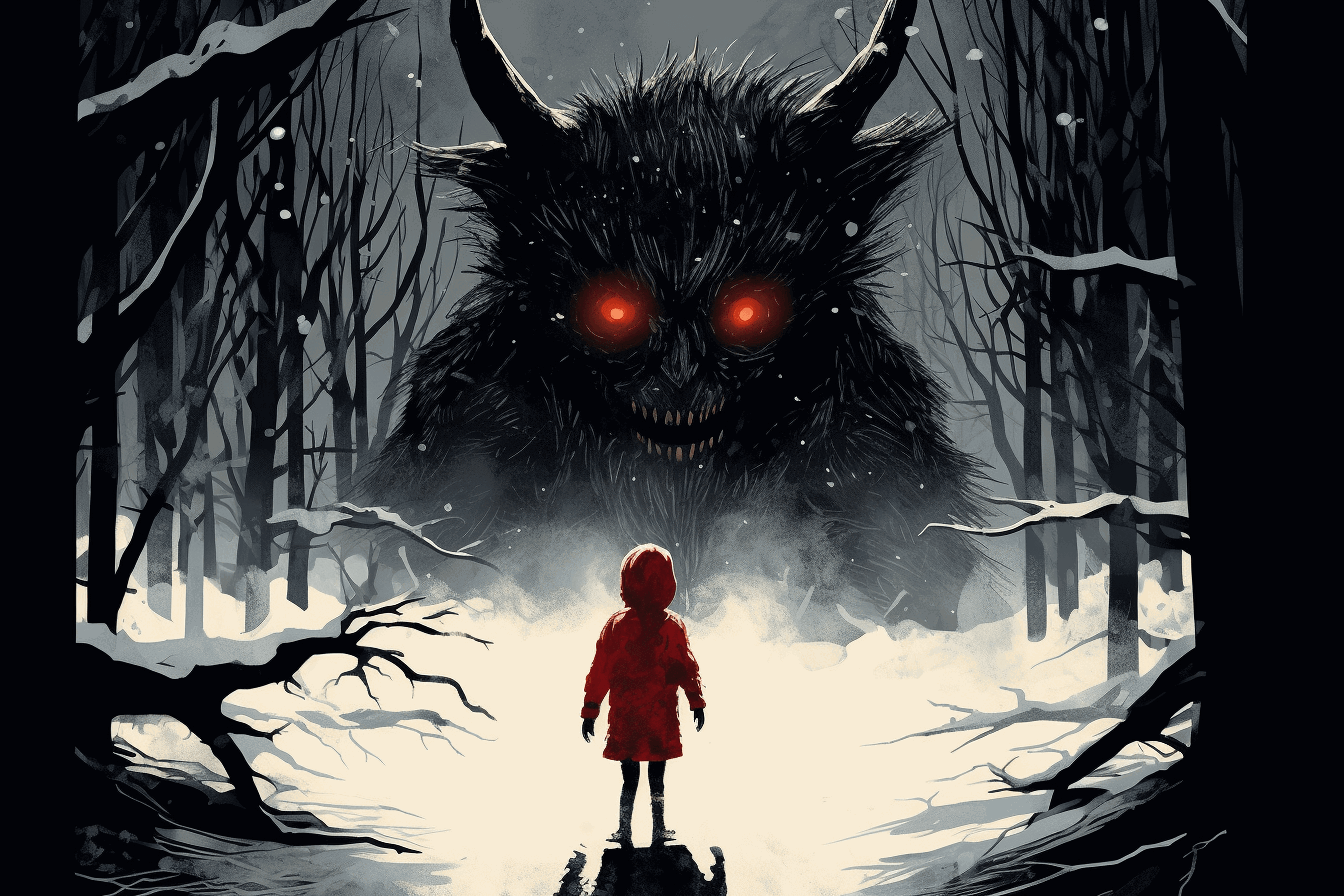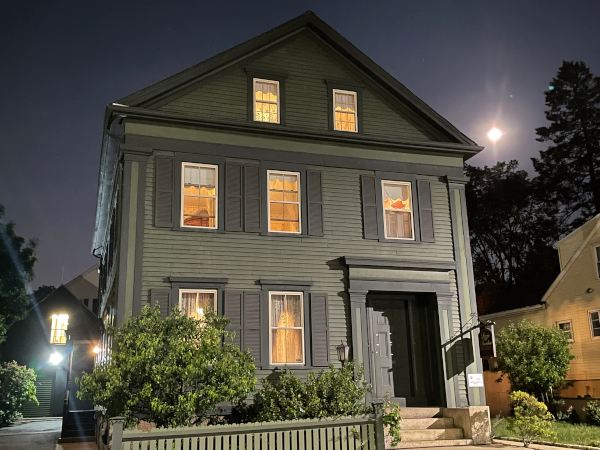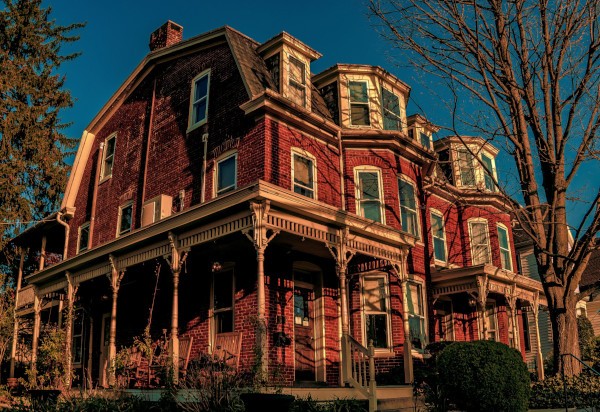The Legend of Krampus
Every year at the end of December, children everywhere prepare themselves for the arrival of Old St. Nick. Most children will believe they’ve been on their best behavior all year long. But there’s one being that will have the last say in that. Santa may be coming to town, but this creature is what every child should be worried about.
Originating in Germany, Krampus is the half-goat, half-demon monster that punishes misbehaving children around Yule, AKA Christmas. This devilish creature stalks those who’ve wreaked havoc over others, making them wish for the simpler days of a lump of coal in the stocking.
A Few Creepy Krampus Facts
- December 5th is Krampus’ Day
- Krampus may be a full-blown monster, but Santa is his pal
- Krampus parade goers hit, push, and whip spectators, just like Krampus does
Join a ghost tour near you and celebrate the holidays with US Ghost Adventures!
The Tale of Krampus
A half goat, half demon stalks the nights leading up to Christmas, searching for and punishing misbehaving children. The legend of Krampus tells the tale of the devilish counterpart of St. Nicholas. Its name is derived from the German word ‘Krampen,’ which translates to ‘claw.’ If that’s not enough reason to be on your best behavior this year, you may want to keep reading!
Krampus is said to visit during the evenings surrounding Christmas Day and chase naughty children with birch sticks, scaring them, smacking them, and stuffing them into his tattered cotton sack, dragging them back to hell with him. European versions of St. Nick have long had creepy counterparts like Knecht Ruprecht and Belsnickle, who dealt out harsh punishments.
In alpine Austria and some parts of Germany, this day was known as ‘Krampusnacht,’ or ‘Krampus Night,’ when adults may dress up as Krampus to scare the children in their homes. Austrian men would dress in fur suits and wooden masks and carry cow bells, running through the streets dressed as the fearsome Krampus, a tradition originally meant to disperse winter’s malevolent ghosts.
Krampus Greetings
While Krampusnacht continues into the present day, the introduction of mass visual media swept the charismatically frightening Krampus up into the postcard industry. In the 1890s, Germany and Austria experienced ‘Krampuskarten,’ holiday cards adorned with the spooky sidekick.
These holiday greetings cards weren’t meant to make you feel fuzzy inside, and ones marked ‘Gross mom Krampus,’ or ‘greetings from Krampus,’ showed Krampus stuffing distressed children into his satchel and preparing to hit them with bundles of birch sticks. Many of these postcards depicted the horrors of a meeting with Krampus, with children in chains stuffed into Krampus’s bag, headed off to the underworld.
Depictions of Krampus
During the 12th century, the Catholic Church attempted to banish Krampus celebrations because of his stunning resemblance to the Devil. More eradication attempts followed in 1934 at the hands of Austria’s conservative Christian Social Party. None of them worked, and Krampus emerged even stronger as a much-feared and beloved holiday force.
Krampus is shown in many different ways, but they all seem to be fairly similar. These depictions began with the postcards that hailed from Austria, designed to share the legend. The creature is three times the size of a full-grown man, with a mangled and deranged face adorned with bulging, bloodshot eyes and a body covered with long, matted hair.
Its long, sharp teeth are on display as he chases children through the streets, grinning with long horns protruding from his skull. Strangely enough, Krampus is usually shown with one cloven hoof and one human foot covered in hair, but no one is sure why.
“The Krampus is the yin to St. Nick’s yang,” Smithsonian.com says. “You have the saint, you have the Devil. It taps into a subconscious macabre desire that a lot of people have that is the opposite of the saccharine Christmas a lot of us grew up with.”
Krampus of Today
Krampus has become increasingly popular in the United States, with depictions showing up on popular TV shows such as Supernatural, Grimm, and The Colbert Report. The entity has even shown up in the mainstream media with a 2015 movie named ‘Krampus.’
The movie tells the story of a child who had a less-than-enjoyable Christmas accidentally summoning the festive demon into his family home. As he unleashes the wrath of Krampus, the previously feuding family must band together to save their neighborhood from the demon.
The holidays can be frightening enough without the addition of a devilish beast with a penchant for assault, but Krampus is well-loved, and terror doesn’t have to be put on the shelf just because we’ve entered the season of joy, love, and togetherness.
Merry Krampusnacht!
For more creepy concoctions, visit our blog and be sure to follow U.S. Ghost Adventures on Facebook, Instagram, and TikTok.
Sources Cited:
https://www.britannica.com/topic/Krampus
https://www.smithsonianmag.com/travel/krampus-could-come-you-holiday-season-180957438/
https://en.wikipedia.org/wiki/Krampus_(film)
https://www.mentalfloss.com/article/71999/9-facts-about-krampus-st-nicks-demonic-companion






